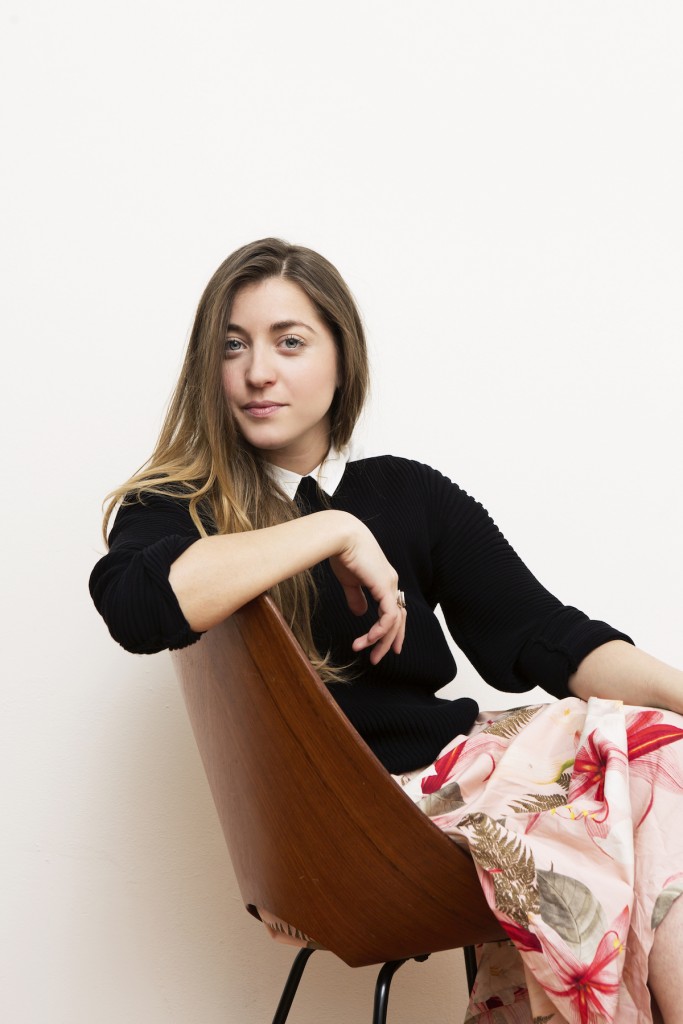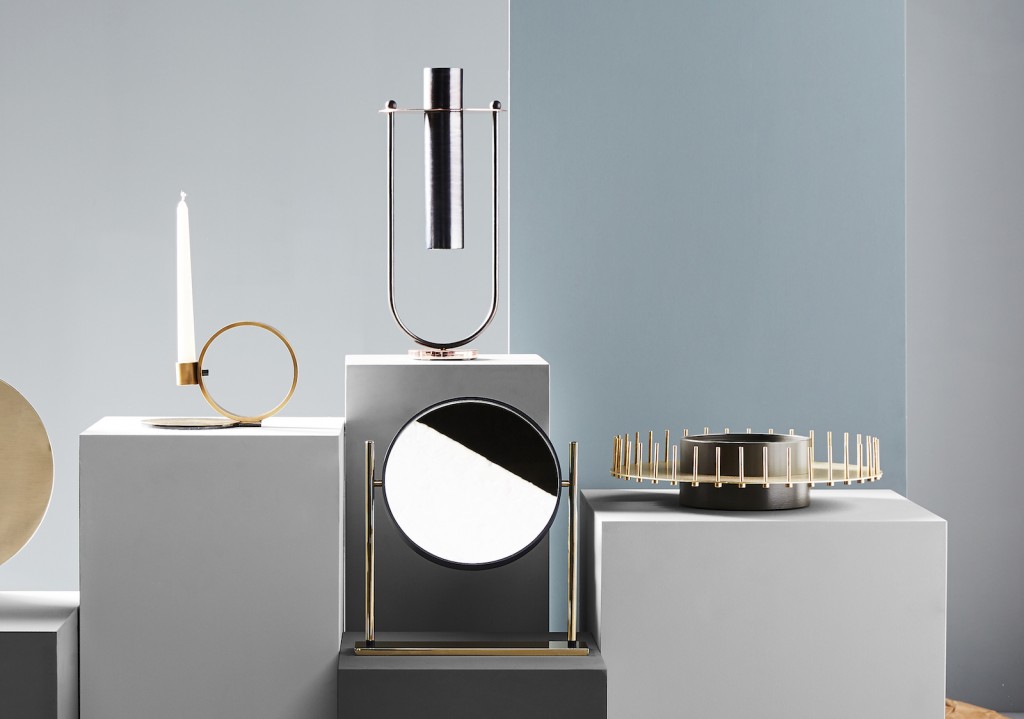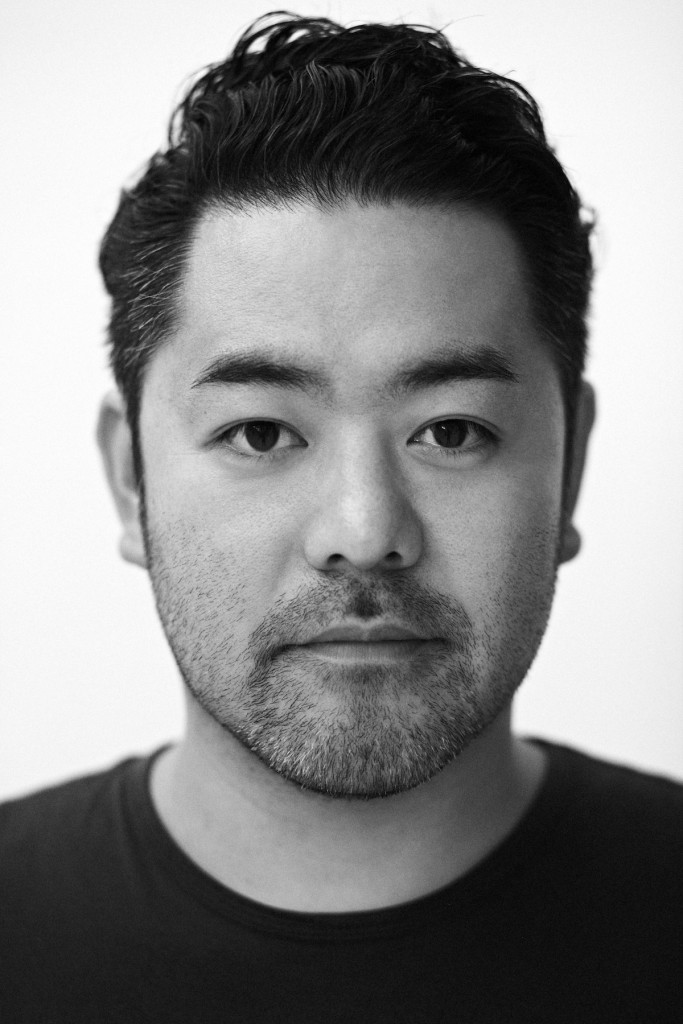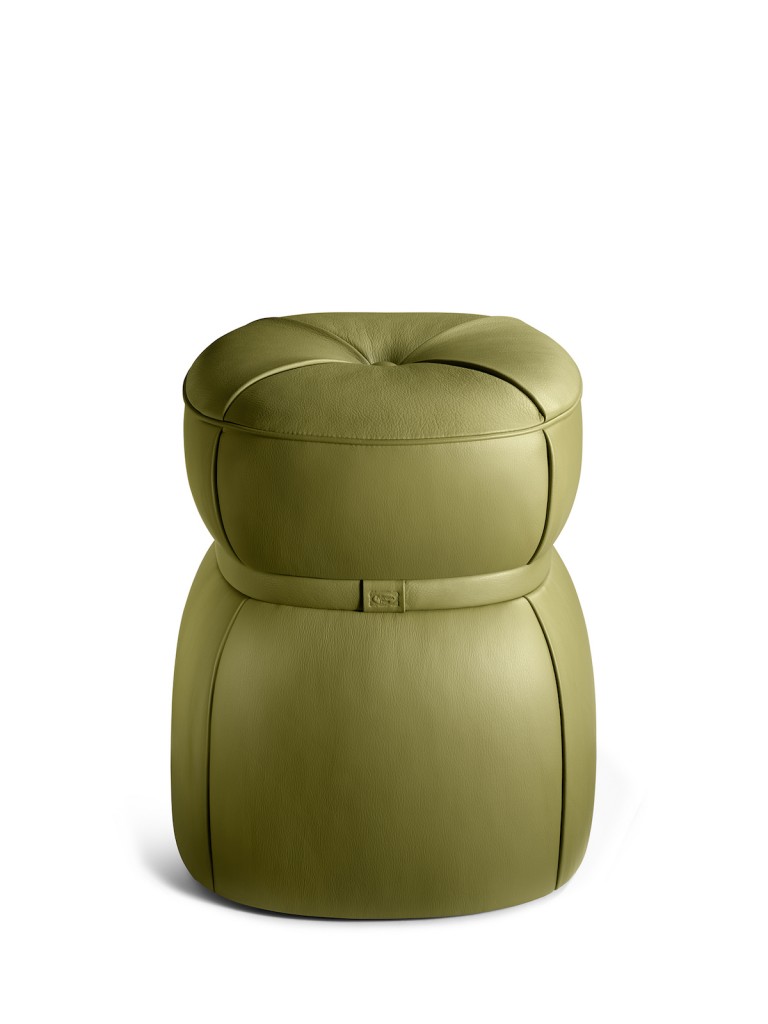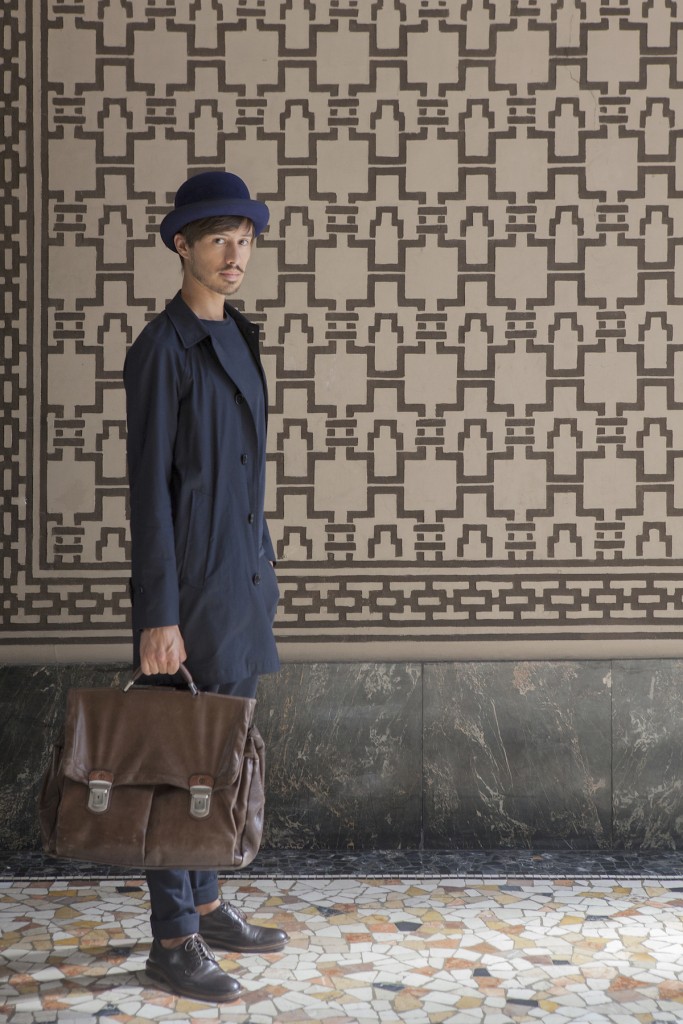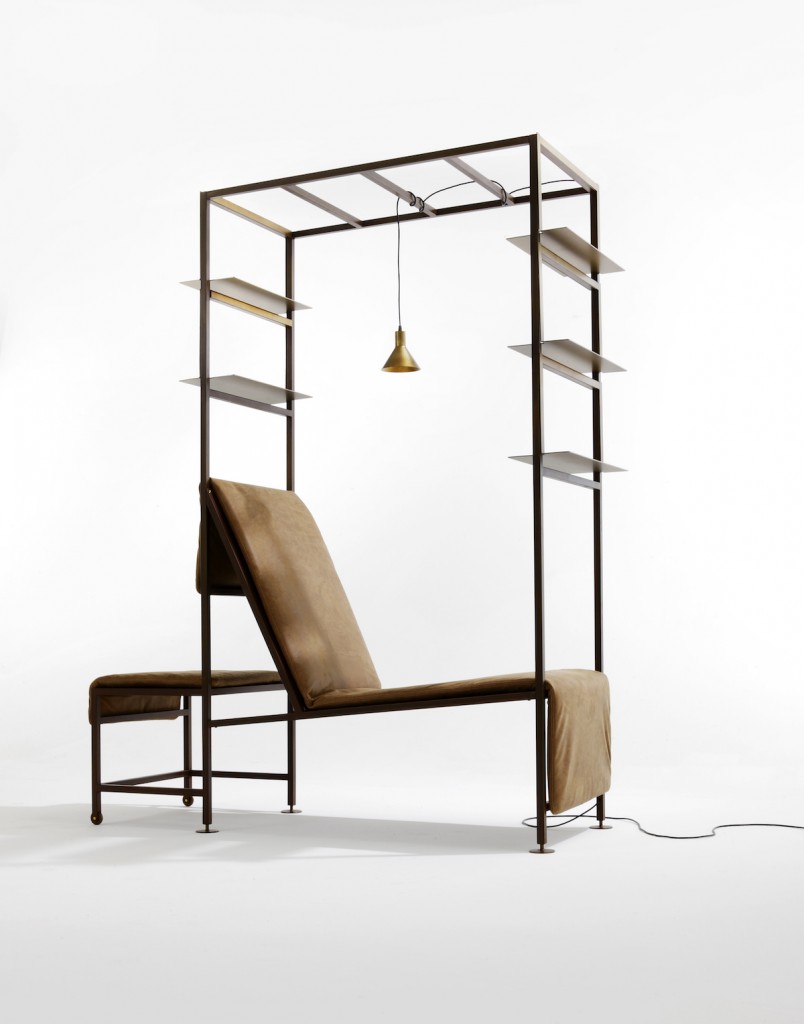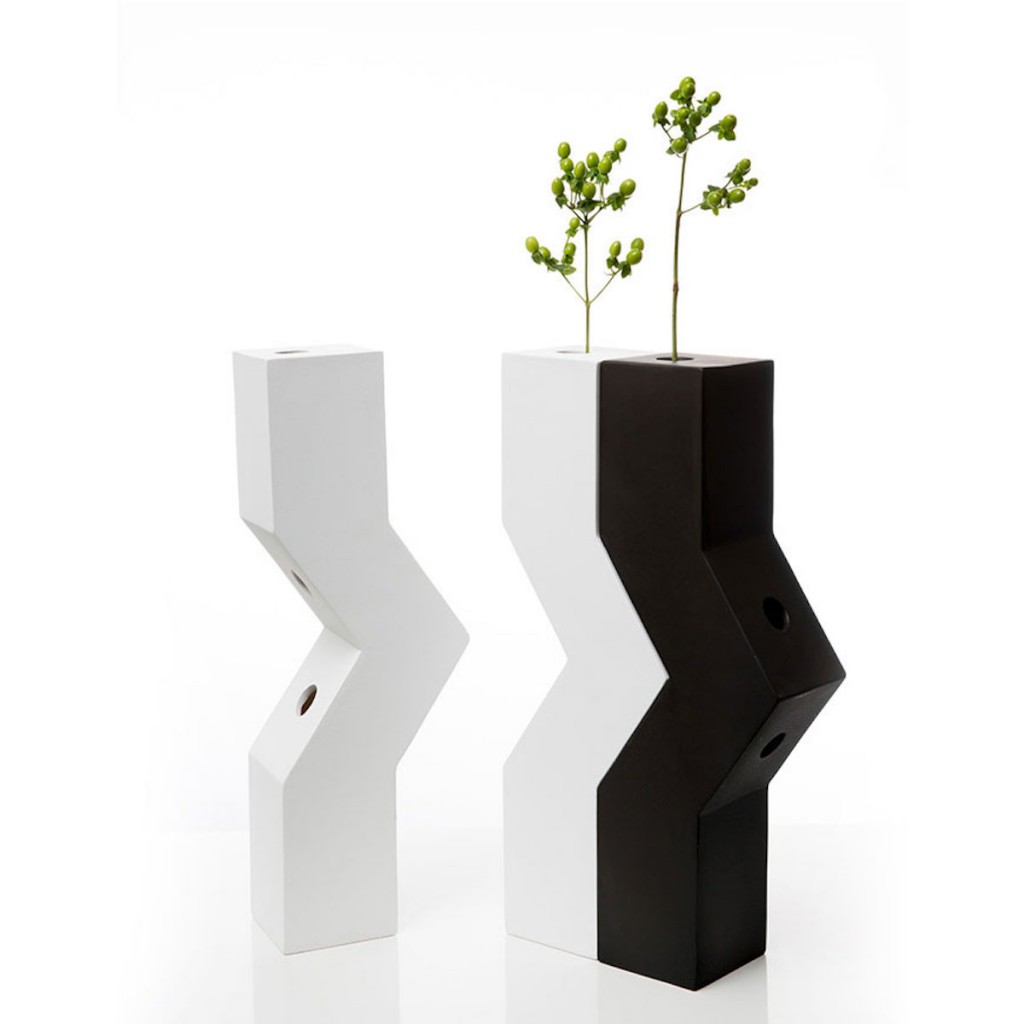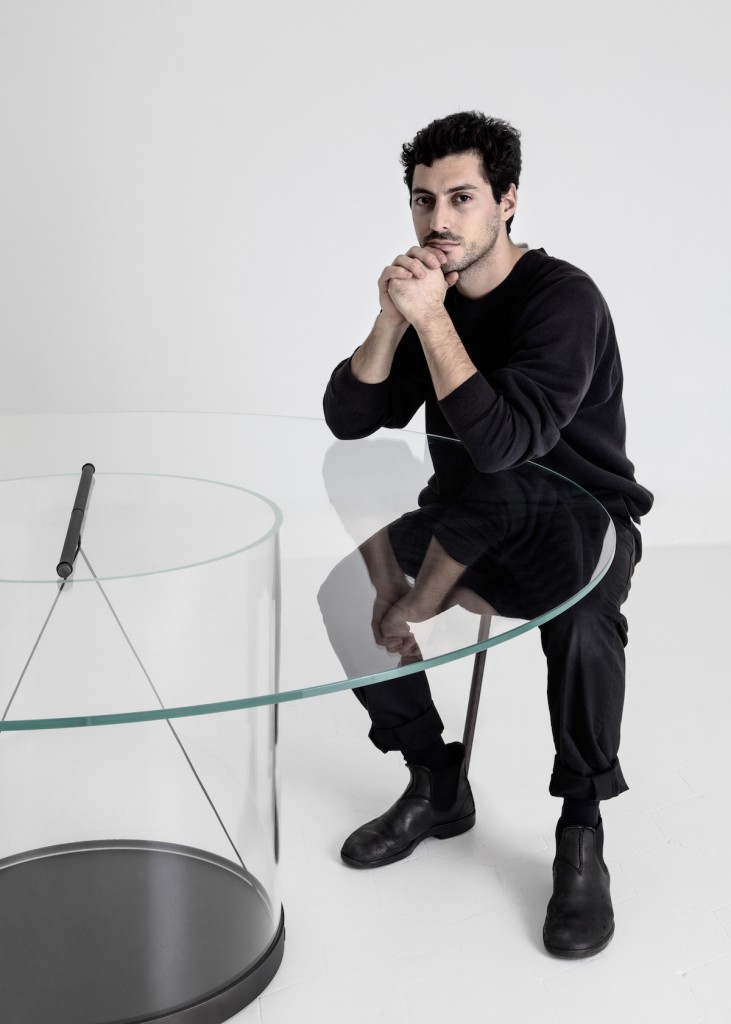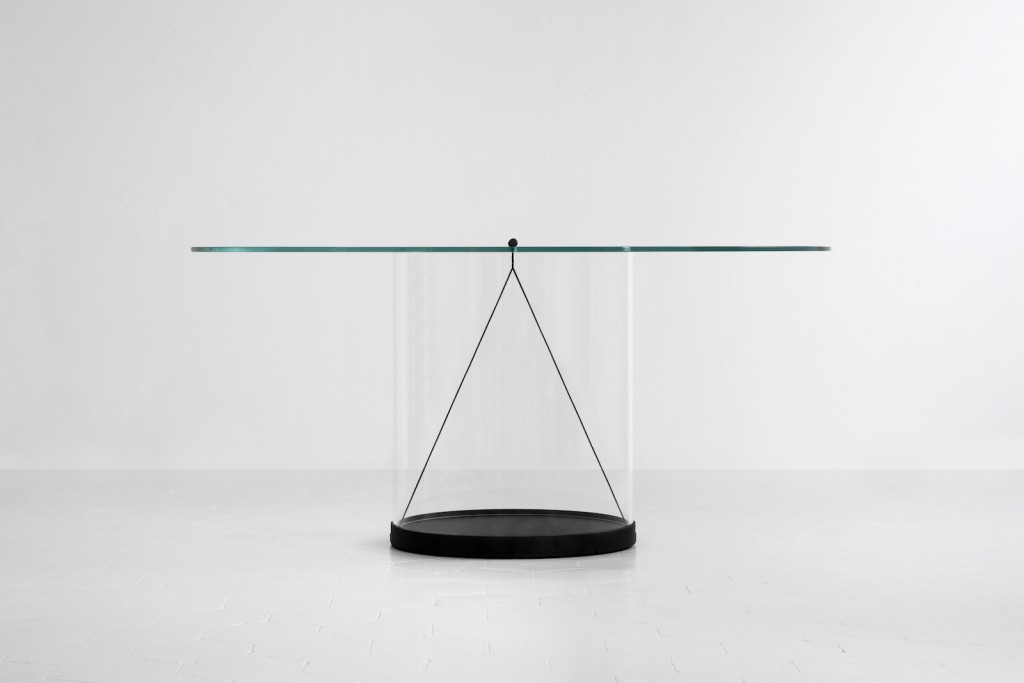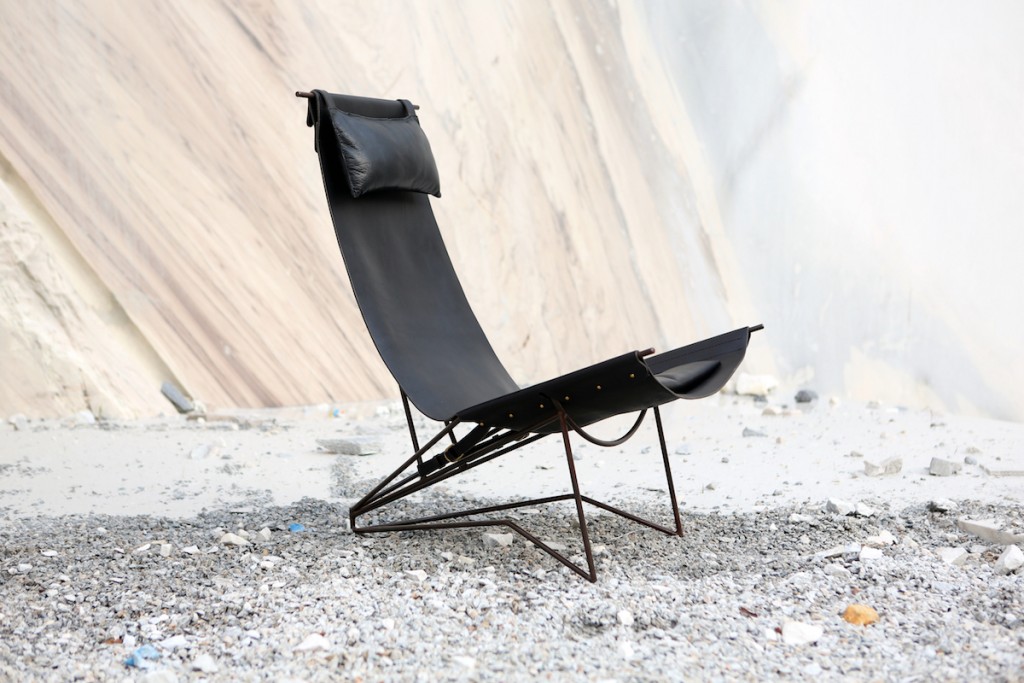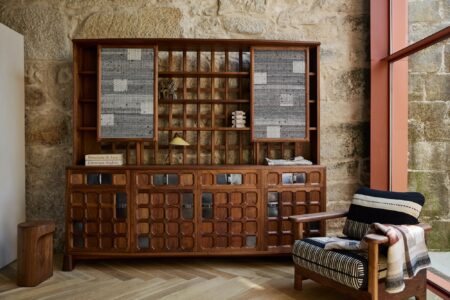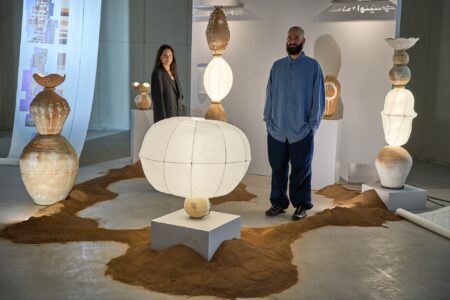Italy’s Rising Talents at Maison&Objet
In Italy, a new generation is finding its own voice in the design realm. Maison&Objet turns the spotlight on six up-and-coming representatives.
This year, the Rising Talents Award winners at Maison&Objet have one key thing in common: they all belong to Italy’s newest generation of designers.
“A new generation of determined and committed designers are once again asserting their identity, proving their capacity to connect with local artisans and their unparalleled level of excellence, and bringing new momentum to SMEs and historic brands through innovative ideas,” said the team of mentors who each picked a Rising Talent. “A small revolution that is restoring Italy’s status as a major design reference worldwide.”
The six-member Jury was composed of Andrea Branzi, Piero Lissoni, Luca Nichetto, Giulio Cappellini, Rossana Orlandi and Rosita Missoni. The mentors selected designers Federica Biasi, Antonio Facco, Marco Lavit Nicora, Kensaku Oshiro, Federico Peri and Guglielmo Poletti as the award recipients.
Branzi nominated Federica Biasi, an IED graduate who has worked as a chromatic and material consultant for several Italian brands and also creates her own ceramic pieces, decorative items and textile products. “I chose Federica Biasi for her quintessential design and poetic ideas, which deliver subtle, yet very particular messages,” said Andrea Branzi.
Lissoni selected Kensaku Oshiro, a Scuola Politecnica di Design graduate originally from Okinawa. Through his own studio he has collaborated with the likes of Poltrona Frau, Ligne Roset and Zanotta, and his work earned him a first place Design Report Award at the 2006 SaloneSatellite. As the mentoring architect and designer explained, “[Kensaku bridges] the gap between the Japanese and Western perspectives on simplicity/complexity.”
Luca Nichetto nominated Federico Peri, an IED graduate who worked with Vudafieri Saverino Partners before founding his own studio. Shapes, a recent collection of lamps, earned him a nomination for a German Design Award in 2016. “I’ve noticed in his work a natural inclination to design products as a way to create an experience through materials or the environment produced by the objects themselves,” said Nichetto.
Cappellini picked IED alumnus Antonio Facco, who created a series of glass tables based on geometric lines, titled Luce. “His projects are largely inspired by his observations of the younger generations, of their expectations and their behaviours,” explained the mentor.
Rossana Orlandi selected Guglielmo Poletti’s experimental work —an inclination explained by his studies at the Design Academy Eindhoven. “What moved me most in his work is the extreme simplicity he has developed, to a point where the simplicity itself becomes an integral part, a fundamental quality in everything he does,” said the Milanese design buyer.
Missoni was surprised by the work of Marco Lavit Nicora, a Paris-based architect known for his Venezia lounge chair, designed for the Venice Design Biennial and displayed by the Centre Pompidou. “[Marco is an] heir to a long line of Italian designers who have placed function at the core of their practice and who have learnt to use only the best materials and artisans our country has to offer to achieve that vision,” said the fashion designer. “I was especially moved by how light his pieces look, despite the fact that they are deeply anchored in classical design.”
As the organisers of Maison&Objet explained, this is “a wonderful opportunity for them to show the entire design community their immense potential and the direction Italian design is headed.”
This edition of Maison&Objet will take place between January 19-23
